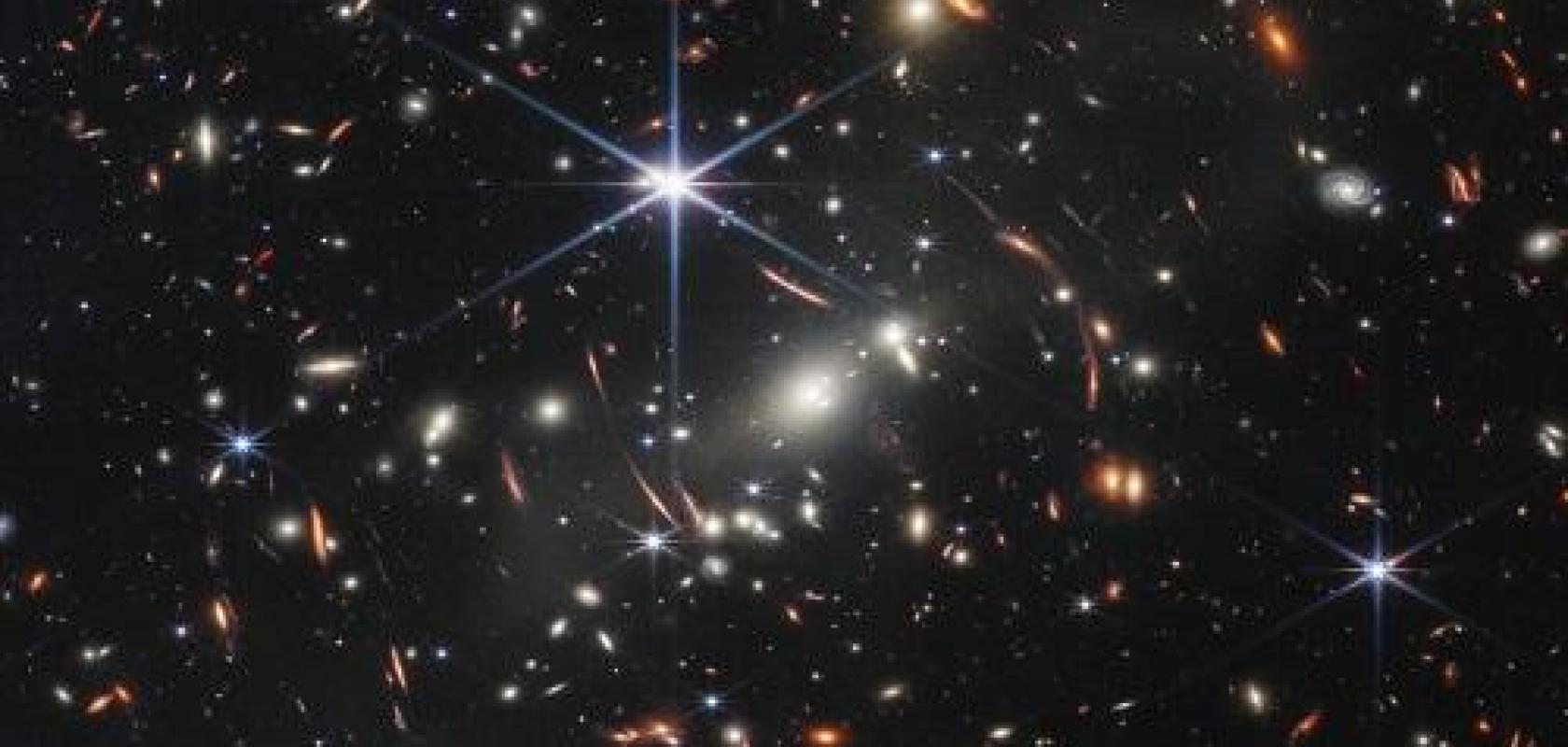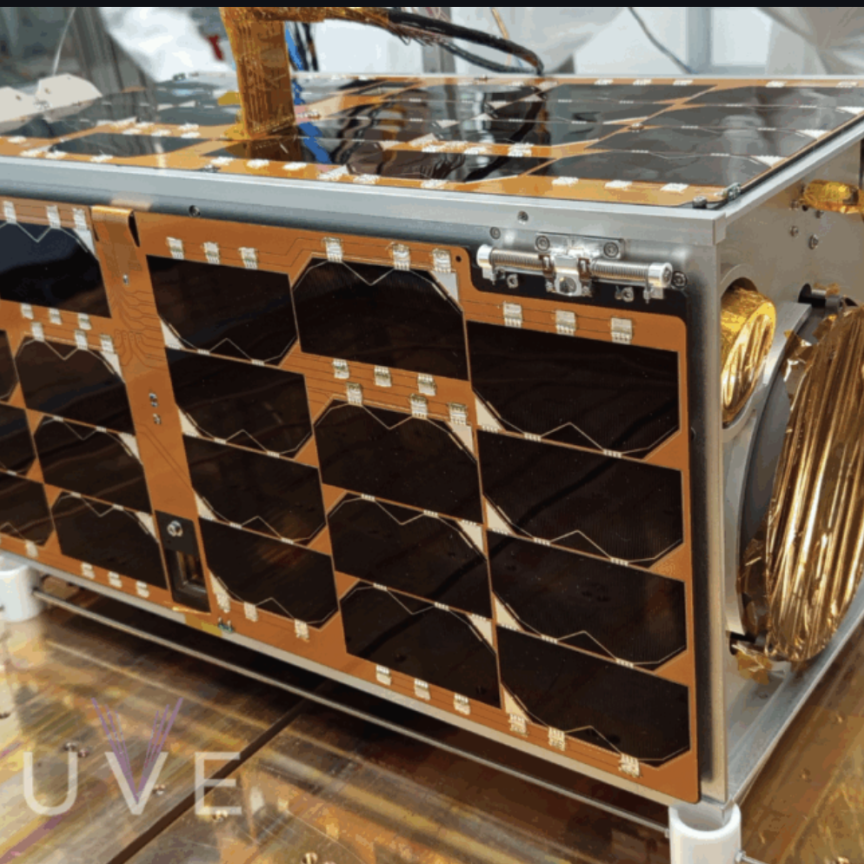Some of the faintest celestial objects ever observed in the infrared have been imaged by NASA’s James Webb Space Telescope.
It is the most detailed view of the early universe to date, showing the galaxy cluster SMACS 0723 as it appeared 4.6 billion years ago.
Not only that but, because of the orientation of the foreground galaxies, Webb’s Near-Infrared Camera (NIRCam) captured gravitational lensing of light from galaxies that are about 13 billion light years away behind this field.
The image was unveiled by US President Joe Biden at a White House event, with more images of galaxies from the early universe, as well as exoplanets released yesterday.
The image is a composite made from images at different wavelengths collected over 12.5 hours. It achieves depths at infrared wavelengths beyond the Hubble Space Telescope’s deepest fields.
The telescope’s Near-Infrared Camera covers the infrared wavelength range from 0.6µm to 5µm. It uses mercury-cadmium-telluride detectors, made by Teledyne Imaging Sensors in California. Each detector has around 4 million pixels.
The sensors use two compositions of mercury-cadmium-telluride: one with proportionally less mercury for 0.6µm to 2.5µm, and another with more for 0.6µm to 5µm. This has the advantage of tailoring each NIRCam detector for peak performance over the specific wavelengths.
It is possible to read the pixels in a Webb detector more than once before resetting them, which means the read noise can be reduced by averaging multiple non-destructive reads. It also means any disruption to the pixel - from jumps in signal level - can be corrected and the scientific value of the affected pixel recovered.
While the telescope is able to see deeper into space than ever before, Webb’s image covers a patch of sky approximately the size of a grain of sand held at arm’s length by someone on the ground. Nevertheless, it reveals thousands of galaxies in that tiny sliver of a vast universe.


